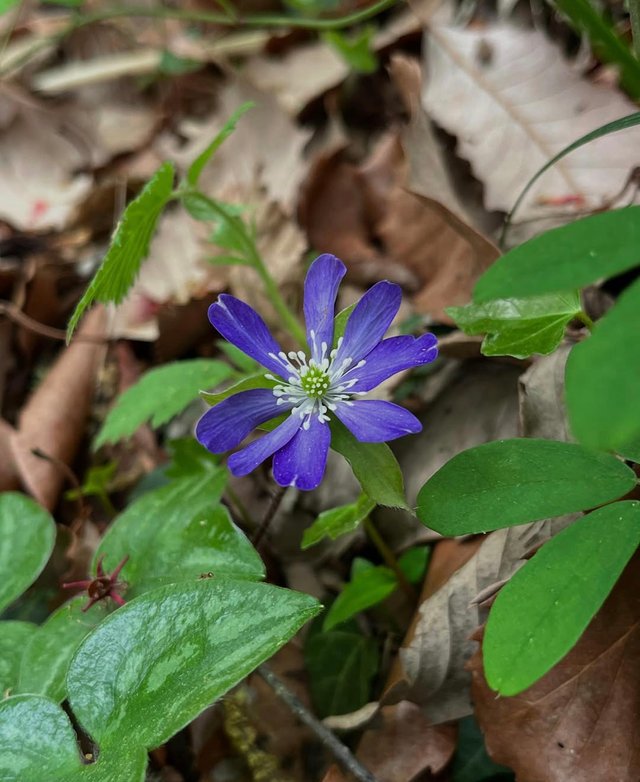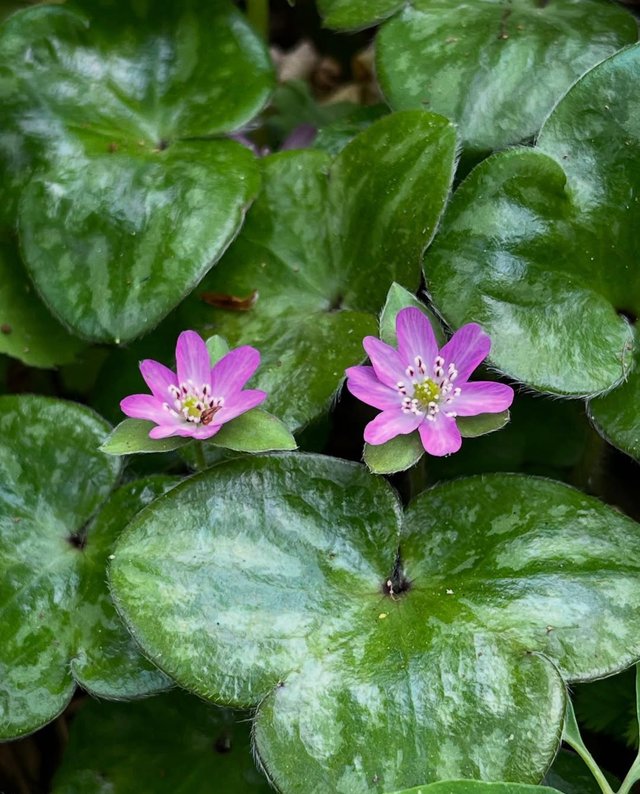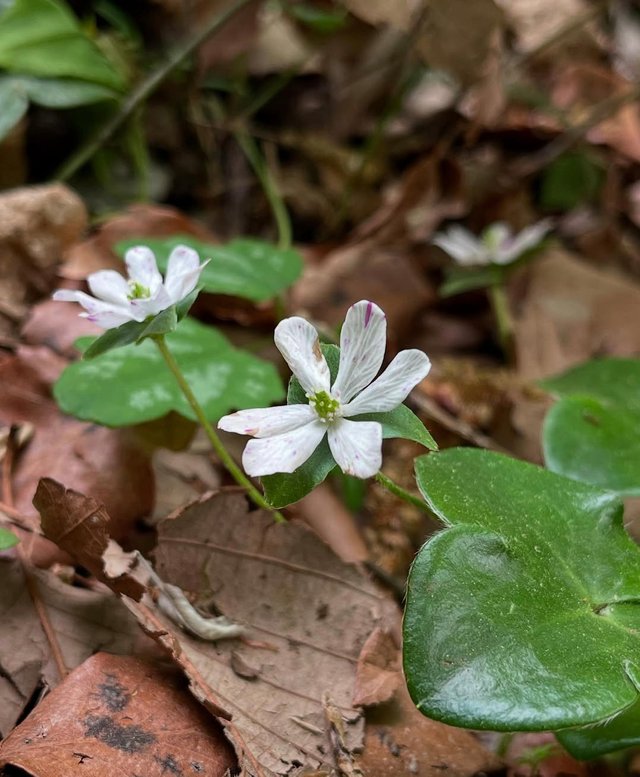Hepatica Flower
When winter's icy grip loosens and the first tender signs of spring emerge, one of the earliest and most enchanting wildflowers to appear is the Hepatica. Often overlooked because of its small size, Hepatica makes up for it with stunning beauty, resilience, and a quiet symbolism that stretches back through centuries of human culture.Known for its starry blooms and tough spirit, Hepatica is truly one of nature’s hidden gems, ushering in the season of renewal.Hepatica is a low-growing, herbaceous perennial that forms small clumps. It often carpets woodland floors in early spring, blooming while many other plants are still dormant.
The evergreen leaves are leathery and typically three-lobed (hence the name "liverleaf" — ancient physicians thought the leaf resembled the human liver). The leaves often persist through the winter and are sometimes tinged with reddish or purplish hues.The flowers are dainty but vivid, with colors ranging from pure white to soft pink, lavender, deep blue, and violet. Each flower usually has 5–12 petal-like sepals (true petals are absent), surrounding a center of bright yellow stamens.Late winter to early spring — often one of the very first flowers to bloom as the snow melts.Native to Europe, often seen in deciduous forests and associated with temperate woodlands.
Hepatica thrives in deciduous woodlands, often blooming before the forest canopy closes in with thick foliage. It prefers:Cool, moist conditions (though it is remarkably drought-tolerant once established).It is an important early nectar source for bees and other pollinators just waking from winter dormancy.Hepatica’s flowers are uniquely adapted to survive cold snaps: they can open during mild periods and "pause" their development when colder weather returns, resuming growth when conditions improve.In medieval Europe, the Doctrine of Signatures suggested that plants resembling body parts could treat ailments of those parts. Because Hepatica’s leaves resemble the human liver, it was believed to cure liver diseases. This association gave it common names like "Liverleaf" and "Liverwort."



